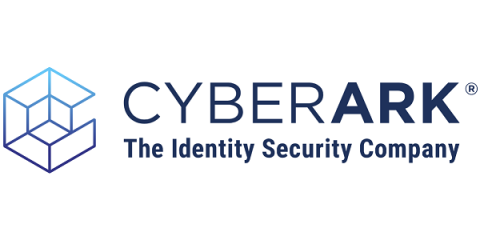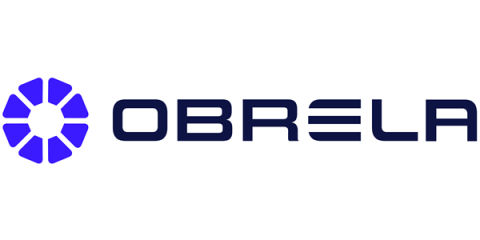Security | Threat Detection | Cyberattacks | DevSecOps | Compliance
Risk Management
What is Cybersecurity Automation?
Bitsight and Google collaborate to reveal global cybersecurity performance
Exploring the Risks of Read-Only Access in the Cloud
My career began with read-only access. In my first job, I worked night shifts in a data operations center. Our team handled incidents identified either by monitoring or from end customers. This meant I often had to perform first, second and third-line troubleshooting. If we couldn’t identify and resolve the issue, our only option was to wake up a rather exhausted escalation engineer.
The complete guide to compliance risk management
To build a successful business you’ll need to acquire new customers, save on costs, and avoid major pitfalls that could impact your bottom line. An important aspect of this is managing your organization's compliance risk. These include the risk of penalties, legal judgments, and other issues that could come as a result of not complying with legal regulations and industry standards.
3 Levels of FISMA Compliance: Low Moderate High
Unveiling Our Redesigned Website:
Have you accounted for AI risk in your risk management framework
Artificial intelligence (AI) is poised to significantly influence various facets of society, spanning healthcare, transportation, finance, and national security. Industry practitioners and citizens overall are actively considering and discussing the myriad ways AI could be employed or should be applied.










